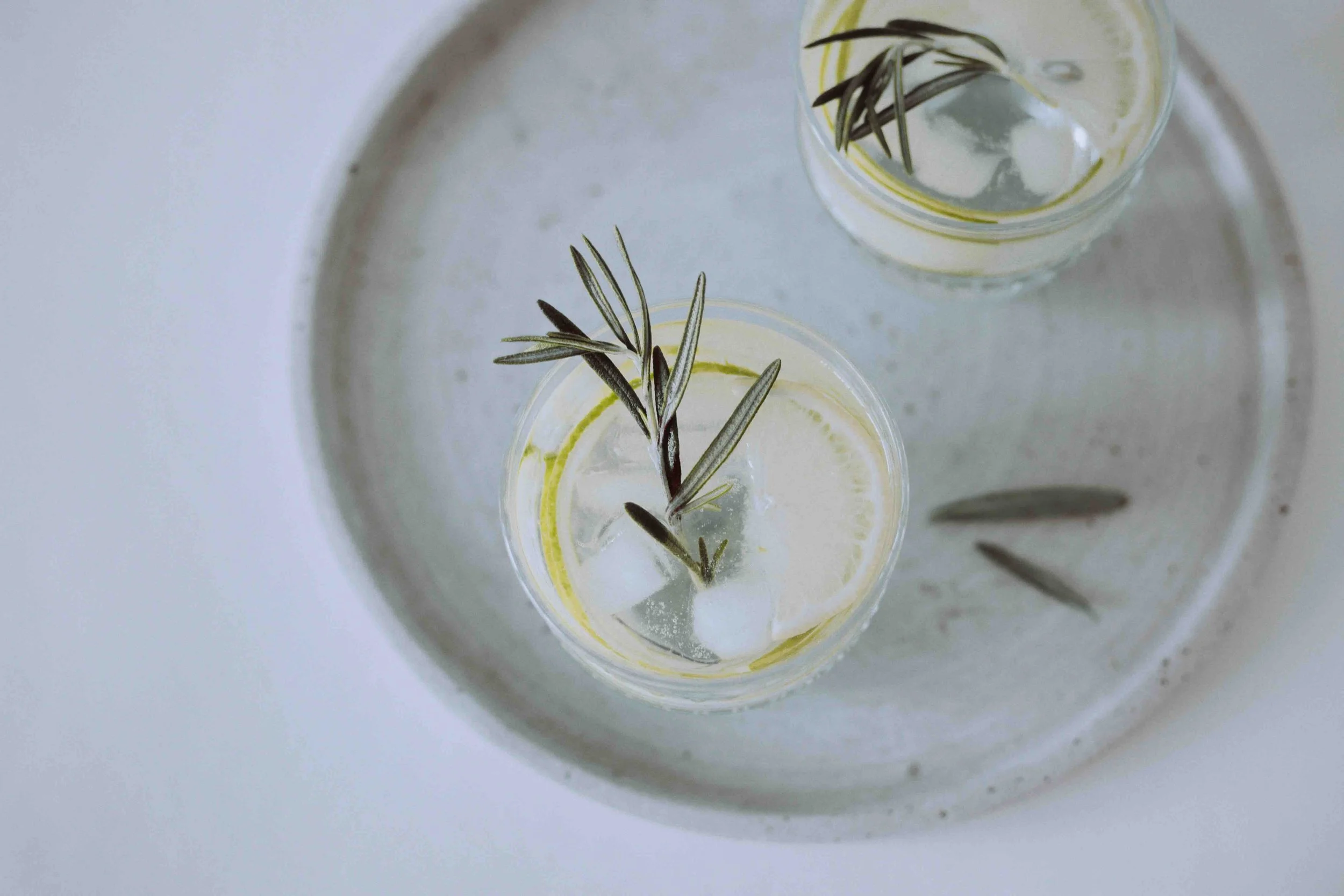The Lifestyle Trend Edit
Lifestyle trends reflect more than habits—they reveal what society values at a given moment. From slow living and mindful work to digital wellness and the return of real connection, The Lifestyle Trend Edit by Currant explores how we live, rest, and aspire in our time. Each feature decodes the ideas shaping our routines and rituals, curated for women of style and substance who see life as both art and philosophy.
The New Sobriety: Why We’re Drinking Less (and Thinking More)
Something’s shifting.
At dinner tables, in bars, even at after-work events — the clinking of glasses feels different. The second round doesn’t always come, and when it does, it’s often a sparkling water or a non-alcoholic spritz. What once felt like a social default — drinking — is quietly losing its hold.
Across the world, younger generations are drinking less than their parents did. Surveys show nearly half of adults say they’re trying to cut back, not out of moral pressure, but from a deeper desire for clarity — physical, mental, emotional. The “sober curious” movement, once niche, has become mainstream. This isn’t about teetotalism; it’s about awareness. About questioning habits that never felt like choices in the first place.
A Shift in How We Celebrate
There’s a certain poetry in how this movement has emerged now. After years of burnout culture, where pleasure often came packaged as excess, restraint suddenly feels like relief.
The new luxury isn’t indulgence — it’s control. Clear-headedness. Waking up without the fog of regret or dehydration.
Alcohol-free cocktails have gone from afterthoughts to art forms. Bartenders talk about botanicals the way perfumers talk about notes: citrus, verbena, smoke. Restaurants pair dishes with infusions or teas. Fashion events feature kombucha on tap. Even Michelin-starred chefs are creating non-alcoholic pairings that rival fine wine.
We’re learning that experience doesn’t always need intoxication to feel elevated.
The Psychology Behind Less
There’s also something deeper happening — a generational rewriting of what it means to connect. For Gen Z and younger millennials, drinking is less a social lubricant and more a question: Why do I need it?
Social media plays its part. In an age where every night out might end up online, the appeal of drunken spontaneity has faded. So has the idea that we need alcohol to perform — to loosen, to belong. More people are choosing presence over performance, preferring conversations they remember.
And then there’s the wellness factor. We’ve tracked our steps, our sleep, our screens — why not our sobriety? In the same way minimalism reshaped fashion, the “less but better” ethos is reshaping lifestyle itself.
But Let’s Not Romanticize It
Still, the sober-curious wave isn’t without its contradictions. The wellness industry has a way of turning even abstinence into performance — clean living as status symbol. “Not drinking” can easily become another form of moral hierarchy, another measure of control in a world already obsessed with optimization.
And some of us aren’t quitting out of clarity but fatigue. Drinking once meant release; now, it can feel like another source of pressure. If moderation becomes yet another trend to perfect, we risk missing the point: balance isn’t something you can brand.
What This Says About Now
Drinking less is not just about health — it’s about culture. It’s about slowing down, about being able to feel without dulling the edges. It’s a small rebellion against overstimulation.
Maybe that’s why it feels so current — it mirrors everything else we’re doing: consuming less, curating more, seeking meaning instead of noise. We’re not rejecting pleasure; we’re redefining it.
And maybe that’s the beauty of this shift. We’re not saying no to joy — we’re saying yes to clarity.
Definition:
“Sober curious” refers to exploring a life with less or no alcohol, without necessarily identifying as sober.
The Data:
According to recent reports, over 70% of European consumers say they’re drinking less for health or taste reasons. In the U.S., alcohol consumption among adults aged 18–34 has fallen to its lowest in decades.
Notes
Industry Response:
The no- and low-alcohol market is expected to grow by over 30% in the next three years, as major brands invest in complex, flavor-driven alternatives.
Cultural Reflection:
This trend isn’t about abstinence, but awareness — a collective desire to live, and feel, a little clearer.
Details
Published
13 October 2025
